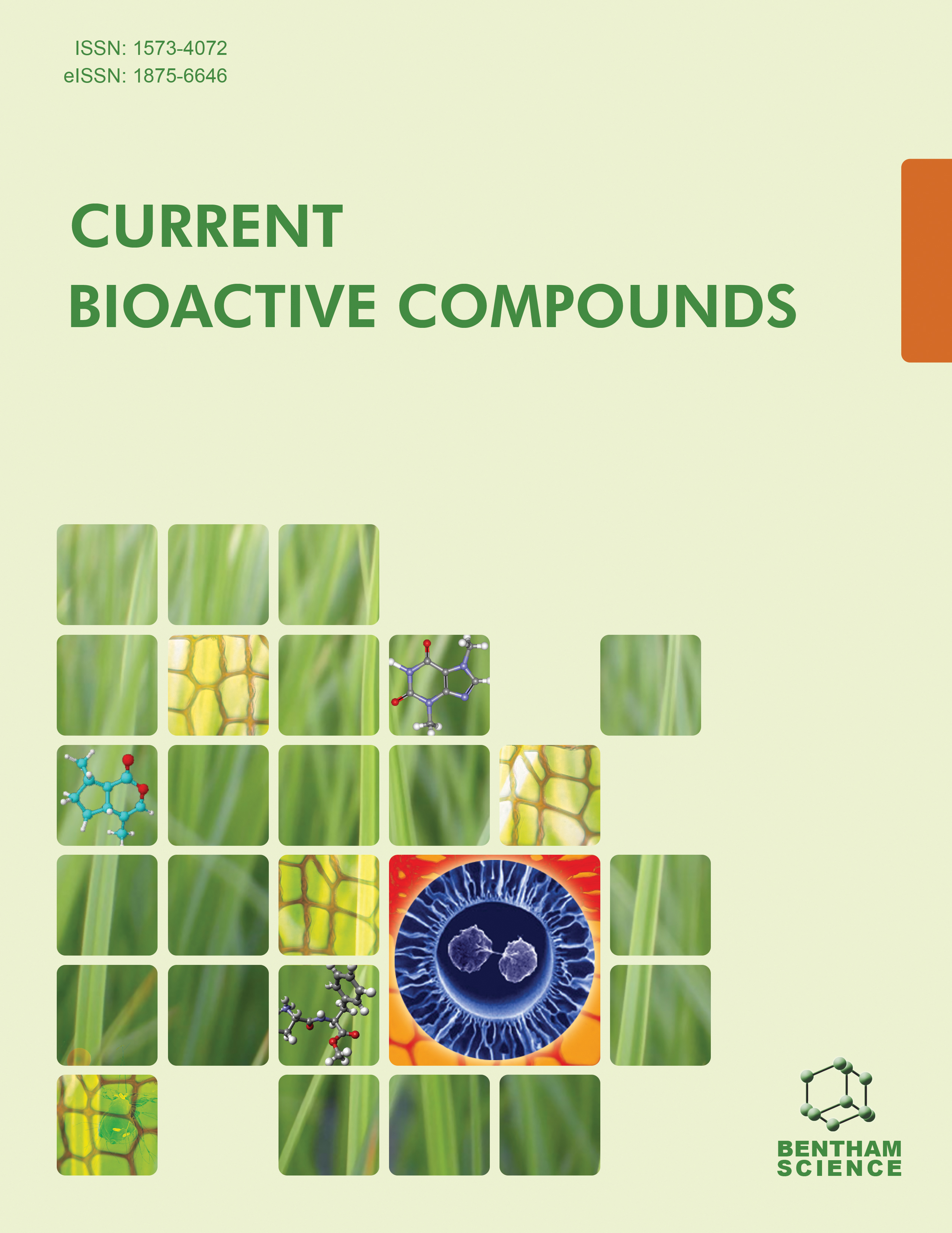
Full text loading...
This article offers in-depth information on the pharmacological effects, historical background, and chemical makeup of capsaicin, the primary ingredient in chili peppers. Capsaicin was first discovered in Mexico about 5000 BC, and it has since changed from being a culinary spice to a substance with substantial medicinal potential. It covers the chemical characteristics of capsaicin, how it activates the sympathetic nervous system, and how to measure the heat level of capsaicin using the Scoville Heat Unit (SHU) scale. The production of capsaicin in plants, its connection to substance P and CGRP, and the TRPV1 receptor are all explained in further depth. The article discusses capsaicin's many pharmacological impacts, such as painkilling, anti-inflammatory, antioxidant, antibacterial, cardiovascular, and anti-obesity properties; the article also discusses the spice's pharmacokinetics and mechanisms of action. A summary of current clinical trials indicates continued interest in the possible medical applications of capsaicin. The wealth of data that this analysis concludes highlights capsaicin as a viable topic for more research and development in medicine and healthcare.

Article metrics loading...

Full text loading...
References


Data & Media loading...

